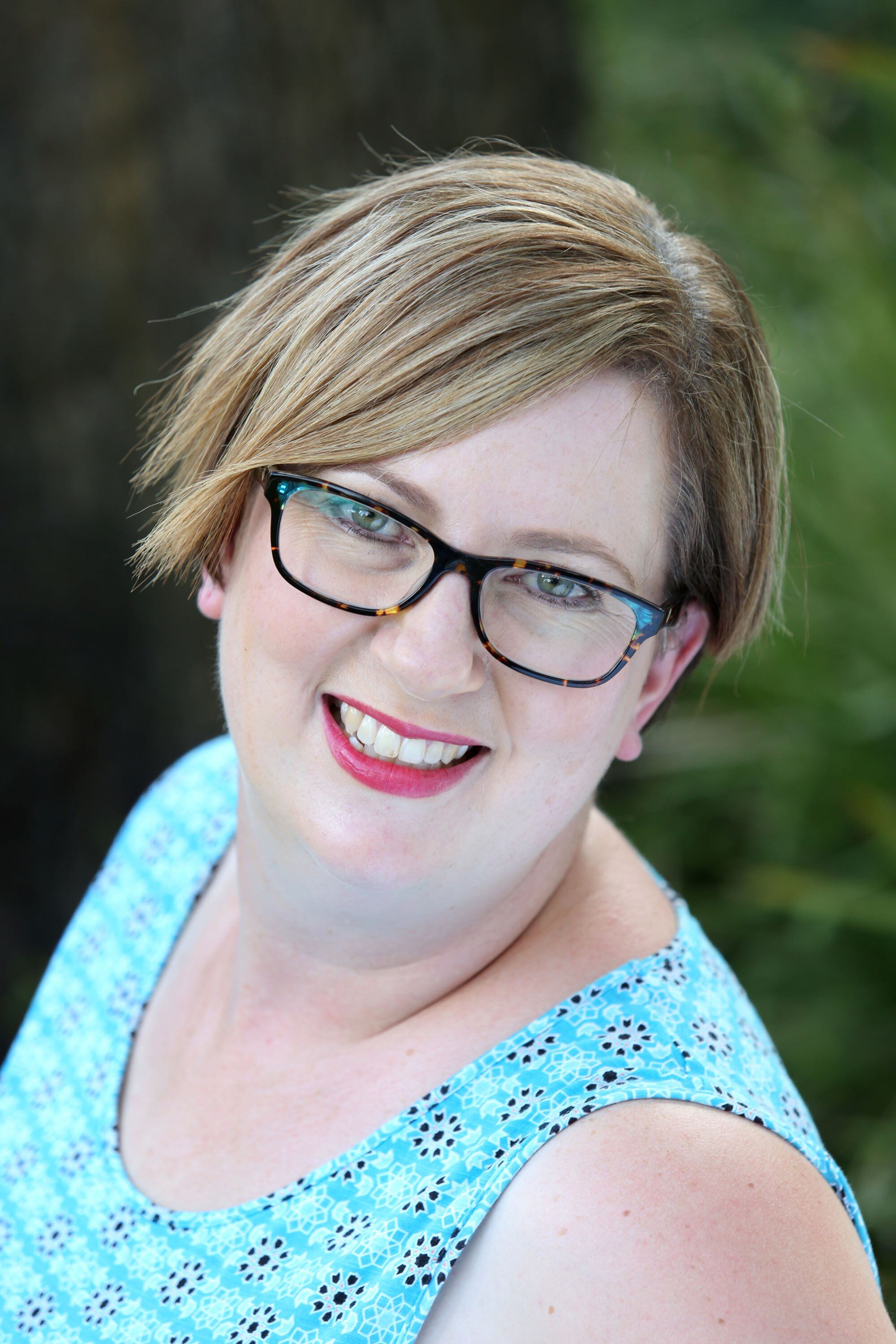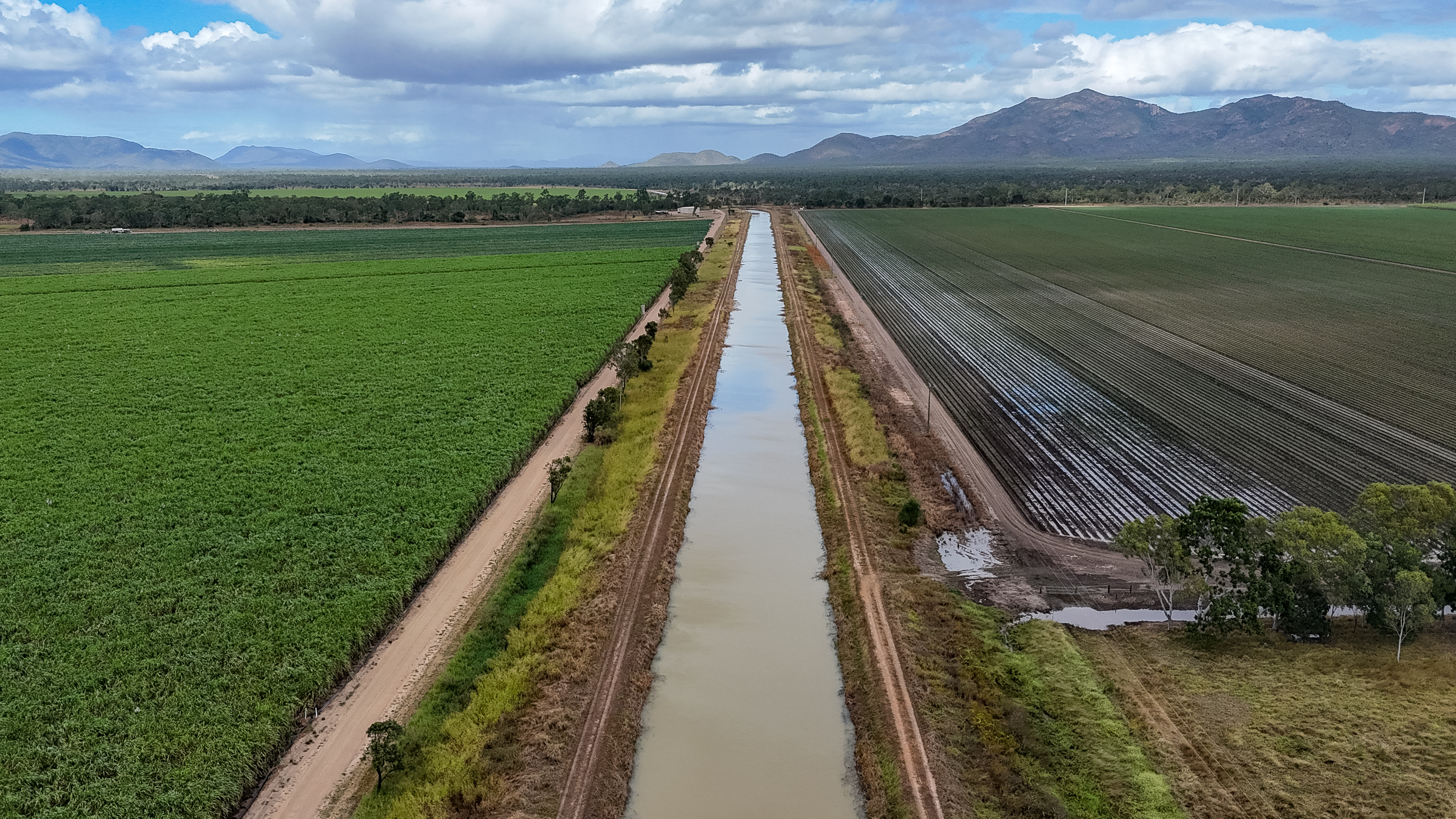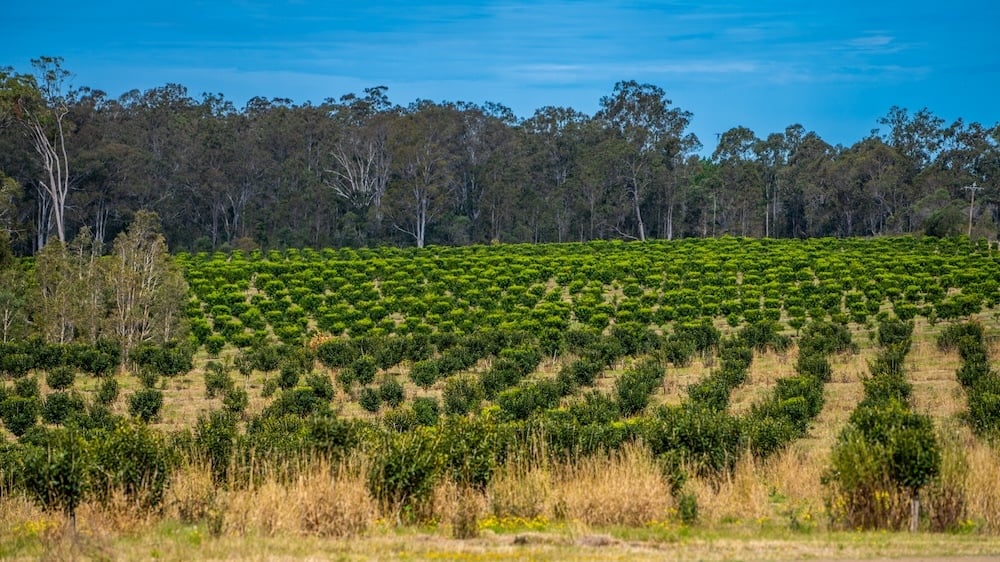Inside this year’s biggest farm sales
Australia’s biggest farm sales of 2025, as reported on by AuctionsPlus, delivered another year of blockbuster rural transactions, led by the roughly...
5 min read
 Kylie Dulhunty
:
Feb 20, 2025
Kylie Dulhunty
:
Feb 20, 2025

This week’s interest rate drop is “a good start” for the rural property market, with experts predicting the 25 basis point cut will boost sentiment and even buoy international investor interest.
Elders General Manager Farmland Agency and Investments Mark Barber said The Reserve Bank of Australia’s decision to cut the cash rate to 4.1% was a welcome move.
“It’s a good start,” he said.
“I think the rural property market will get some confidence from this.”
The RBA cut rates for the first time since 2020, with Governor Michele Bullock noting the December quarter underlying inflation was 3.2 per cent, which suggested pressure was easing more quickly than expected.
“There has also been continued subdued growth in private demand and wage pressures have eased,” she said.
“These factors give the Board more confidence that inflation is moving sustainably towards the midpoint of the 2–3 per cent target range.”
However, Ms Bullock said successive rate cuts may not be forthcoming, noting some upside risks, including in the labour market, remained.
“The central forecast for underlying inflation, which is based on the cash rate path implied by financial markets, has been revised up a little over 2026,” she said.
“So, while today’s policy decision recognises the welcome progress on inflation, the Board remains cautious on prospects for further policy easing.”
But that’s exactly what Mr Barber said the market would be looking for.
“The Reserve Bank has signaled that it is still concerned about some sectors of the economy and inflation's still not fully under control,” he said.
“So I think the market will probably want to see a second cut to get some confidence that we're into an easing phase.”
Mr Barber said the rate cut could also make Australian rural property more attractive to overseas investors.
LAWD Senior Director Danny Thomas said the rate cut was “overwhelmingly positive” and came on the back of an up and down market.
“The market, basically from October 23 when the BOM (Bureau of Meteorology) put out that original El Nino prediction through to probably October last year, a good 12 months, was suffering some fairly negative sentiment,” he said.
“No one wanted to catch a falling knife or make a long-term decision if economic conditions were going to deteriorate. So there was a real stalemate in the market.
“Then, since October last year, we’ve found the market quite firm, with lots of deals being done.
“The start of this year has been what I’d call a fast start.”
Mr Thomas said more interest rate cuts could still be on the cards.
“A couple of interest rate cuts like this first one, a couple of follow-ups, will reflect really positively in buyer sentiment,” he said.
Mr Thomas said while the whole market would benefit from the rate cut, fruit and vegetable growers would particularly welcome the rate easing.
“It’s been very difficult times for our fruit and veggie growers,” he said.

Size: 31,500ha
Location: Broken Hill, NSW
Sale price: N/A
The NSW Government has secured ‘Broughton Vale Station’, a 31,500ha property in Far West NSW, to protect threatened species and preserve a sacred Aboriginal site.
The acquisition, 75km east of Broken Hill, will see the land incorporated into the state’s national parks network.
Broughton Vale Station is home to at least 70 threatened species, including the purple-wood wattle, pink cockatoo, and Stimson’s python.
It also contains the Neila tall shrubland, a Threatened Ecological Community not found in any other NSW national park.
The purchase forms part of the Minns Labor Government’s commitment to reversing biodiversity loss, with more than 36,000ha added to the state’s conservation estate in 2024.
The property includes Burkes Cave, known as Kukirrka, a sacred Aboriginal birthing site used for over 2,000 years.
The cave, along with a nearby freshwater spring, was a stopover for Burke and Wills in their 1860 expedition and later served as a Cobb and Co staging post.
“The sacred site on Broughton Vale Station holds significant cultural and spiritual meaning for Aboriginal communities and we have taken action to preserve it for generations to come,” NSW Environment Minister Penny Sharpe said.
“Adding this land to the national parks network is an important step forward in environmental and cultural conservation in NSW. It will also greatly enhance ecological, educational, cultural and tourism opportunities in our Far West.
“The Minns Labor Government is committed to turning around the loss and restoring habitats, ecosystems and biodiversity, and expanding our national parks is one way we are delivering on that commitment.”
The NSW National Parks and Wildlife Service (NPWS) will work closely with Aboriginal communities to ensure the protection of cultural sites while managing feral species and maintaining fire trails. Future developments could include walking trails and a campsite.
Barkandji elder Dot Stephens, who assessed Burkes Cave in the 1990s, welcomed the acquisition.
“We haven’t had access to Burkes Cave in many years, and being able to return to the site is so important in looking after Country,” she said.
“When I was told the Minister had purchased it, I burst into tears.”

Size: 31,000ha
Location: Ayr, QLD
Sale method: Expression of Interest closing March 18
Price Guide: N/A
A large-scale property, complete with more than 6,000 head of cattle, has come to market in Queensland’s highly sought Burdekin Shire.
Comprising 30,284ha, ‘Woodhouse Station’ has been owned and operated by Rapisarda Investments since 1996 and is for sale via expressions of interest as part of the owner’s succession planning.
Queensland Rural has listed the property, which includes 659ha of developed irrigation land and 29,617ha of grazing land.
Queensland Rural selling agent Troy Trevor said ‘Woodhouse Station’ was being offered on a walk-in-walk-out basis, inclusive of about 6,530 quality Red Brahman cattle, as well as an extensive selection of plant and equipment.
“The sale of Woodhouse Station presents an exceptional opportunity for corporate investors, cattle producers, sugarcane and horticulture growers to acquire a premier property in one of Queensland's rarely available and highly productive regions,” he said.
Located 50km west of Ayr and 100km of Townsville, the property benefits from an exceptional irrigation setup.
“A standout feature is the 3,404ML of channel water allocation,” Mr Trevor said.
“The water is directly accessed from the Burdekin Haughton channel, which passes through the property.
“As a supplement to the channel water, the property also has a 430ML underground water allocation, drawing water from the Woodhouse Barratta Catchment.”
Mr Trevor said historically, 100% of the available water allocation has been accessible during the growing season.
“This is a significant advantage for the production capability of the property,” he said.
The station features 43 paddocks, 26 dams, 16 bores, and several permanent and semi-permanent creeks and waterholes.
It also includes three sets of established cattle yards with a combined 3,800-head capacity.
Expressions of Interest close on March 18.

Size: 1016ha
Location: Cecil Plains, QLD
Sale price: About $21 million
A significant irrigated farming aggregation on the Darling Downs has been snapped up by three local farming families in a deal believed to be worth approximately $21 million.
Spanning 1016ha (2511 acres), the Ascot and Arundel aggregation, located 20km east of Cecil Plains, hit the market in August through JLL Agribusiness. The portfolio was offered as either a single entity or four separate freehold properties.
The sale was ultimately split, with Ascot (324ha) and Hoedown (189ha) selling individually, while Arundel (259ha) and Glengyle (244ha) were purchased together by a third buyer.
While the exact sale prices remain undisclosed, industry sources suggest the combined transaction, including water entitlements, reached around $21 million—a reflection of the strong demand for premium irrigated farmland.
Water security is a key feature of the aggregation, underpinned by 187ML of licenced groundwater from the Condamine Alluvium.
Additional water resources include an unsupplemented Upper Condamine Zone allocation of 40ML, with a volumetric limit of 300ML, plus overland flow.
On-site storages total 1106ML, complemented by sumps and multiple lift pump stations.
More than 81% of the land is irrigable, with recent upgrades including new pump stations and an 18-span lateral irrigator.
The sale was managed by JLL Agribusiness agents Clayton Smith, Chris Holgar, and Geoff Warriner.
Kylie Dulhunty is a journalist with more than 20 years experience covering everything from court to health. Today, Kylie loves nothing more than turning market trends, industry insights and epic property sales - residential, rural and commercial into captivating stories.
Posts By Tag
.png)
Australia’s biggest farm sales of 2025, as reported on by AuctionsPlus, delivered another year of blockbuster rural transactions, led by the roughly...

Each week, we take the pulse of rural property - from sales data to who’s making headlines. Check out this week's report from Kylie Dulhunty.

Each week, we take the pulse of rural property - from sales data to who’s making headlines. Check out this week's report from Kylie Dulhunty.